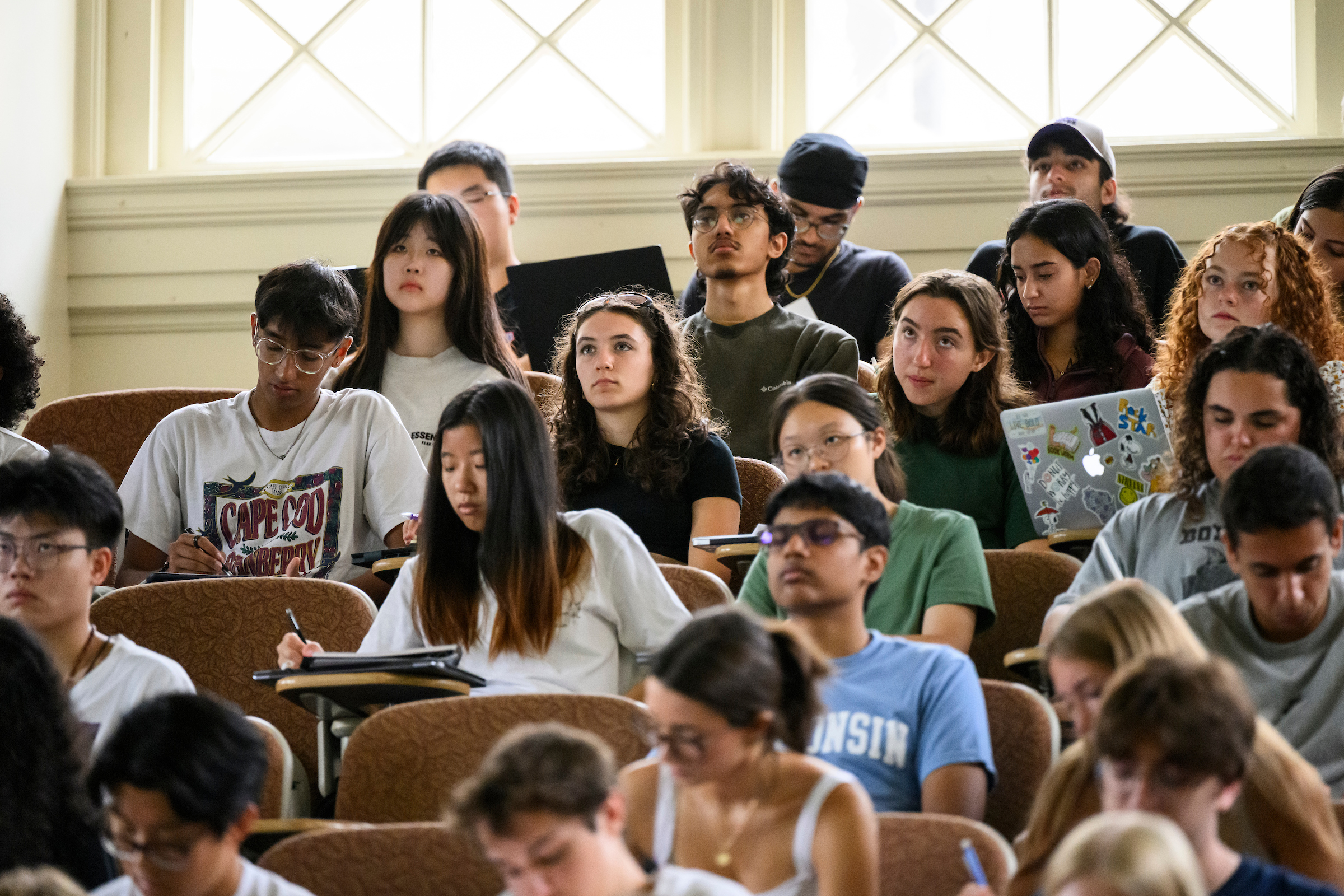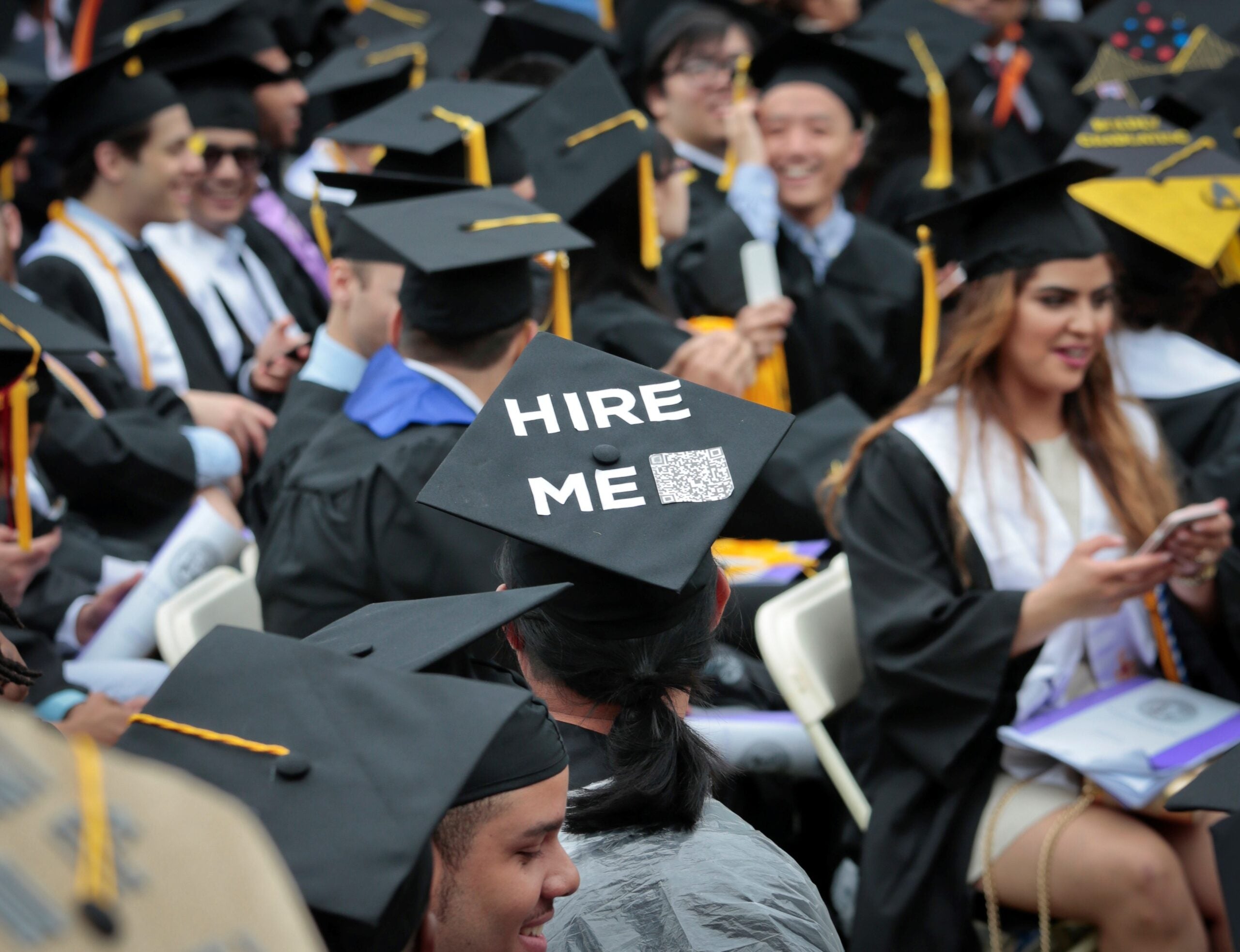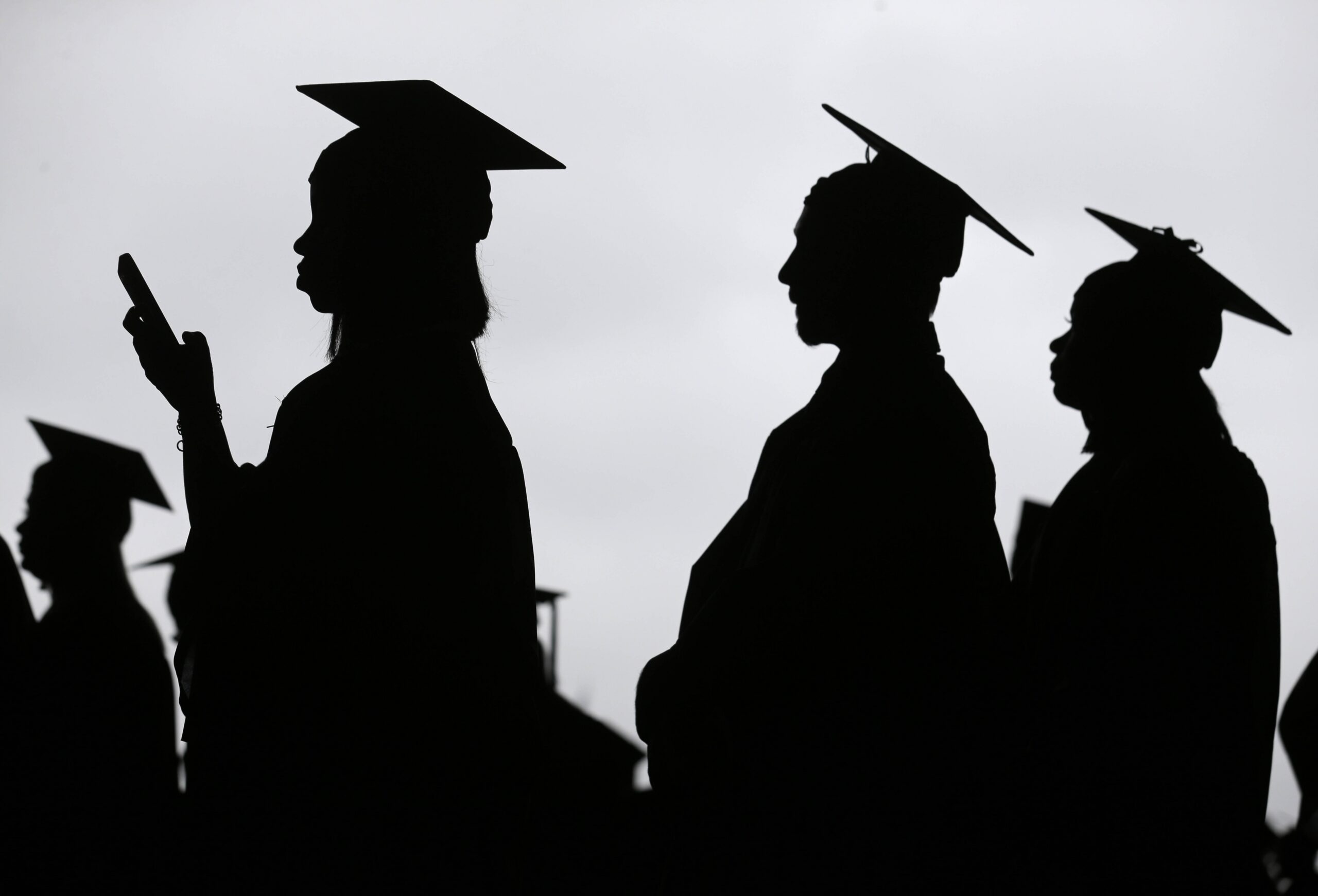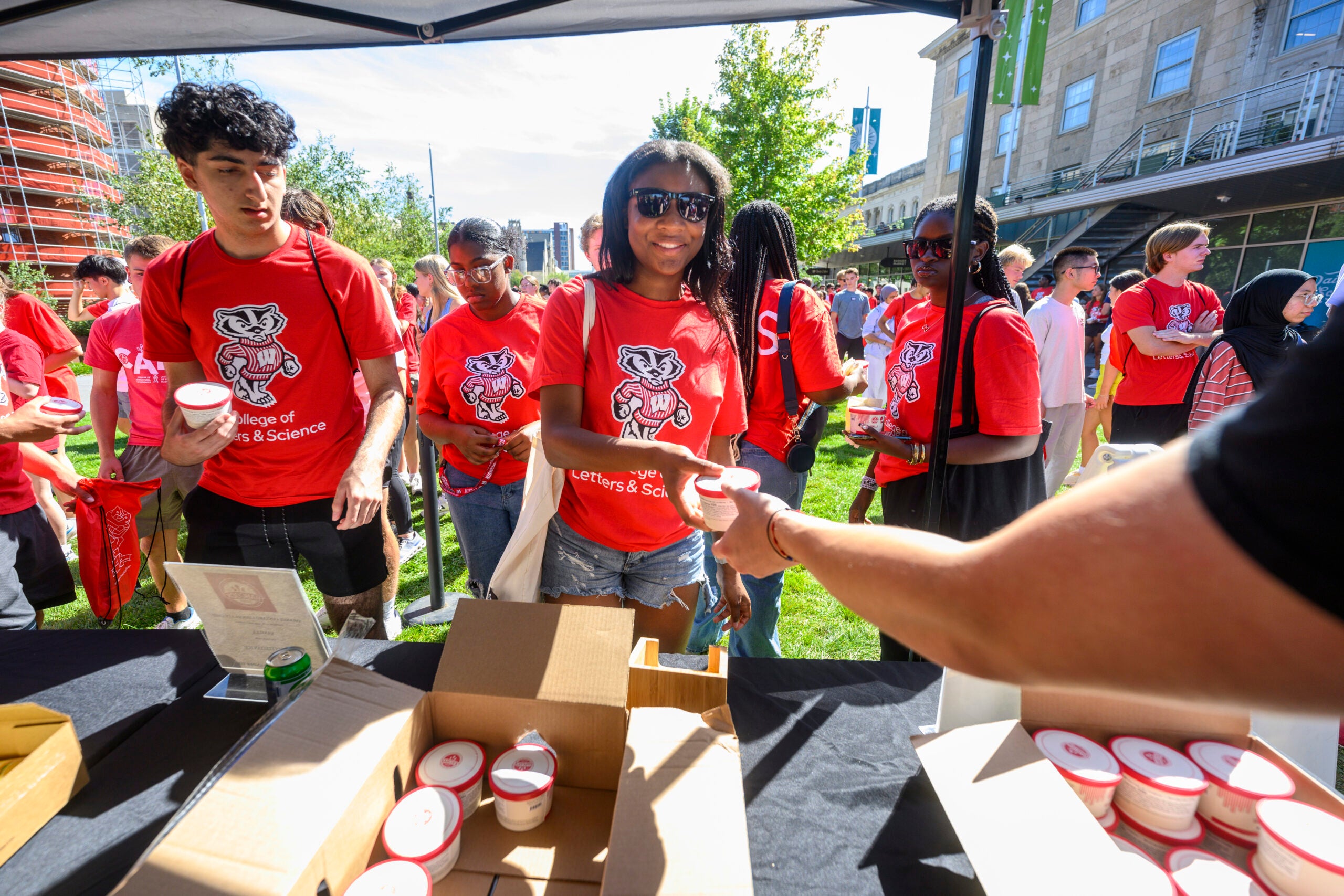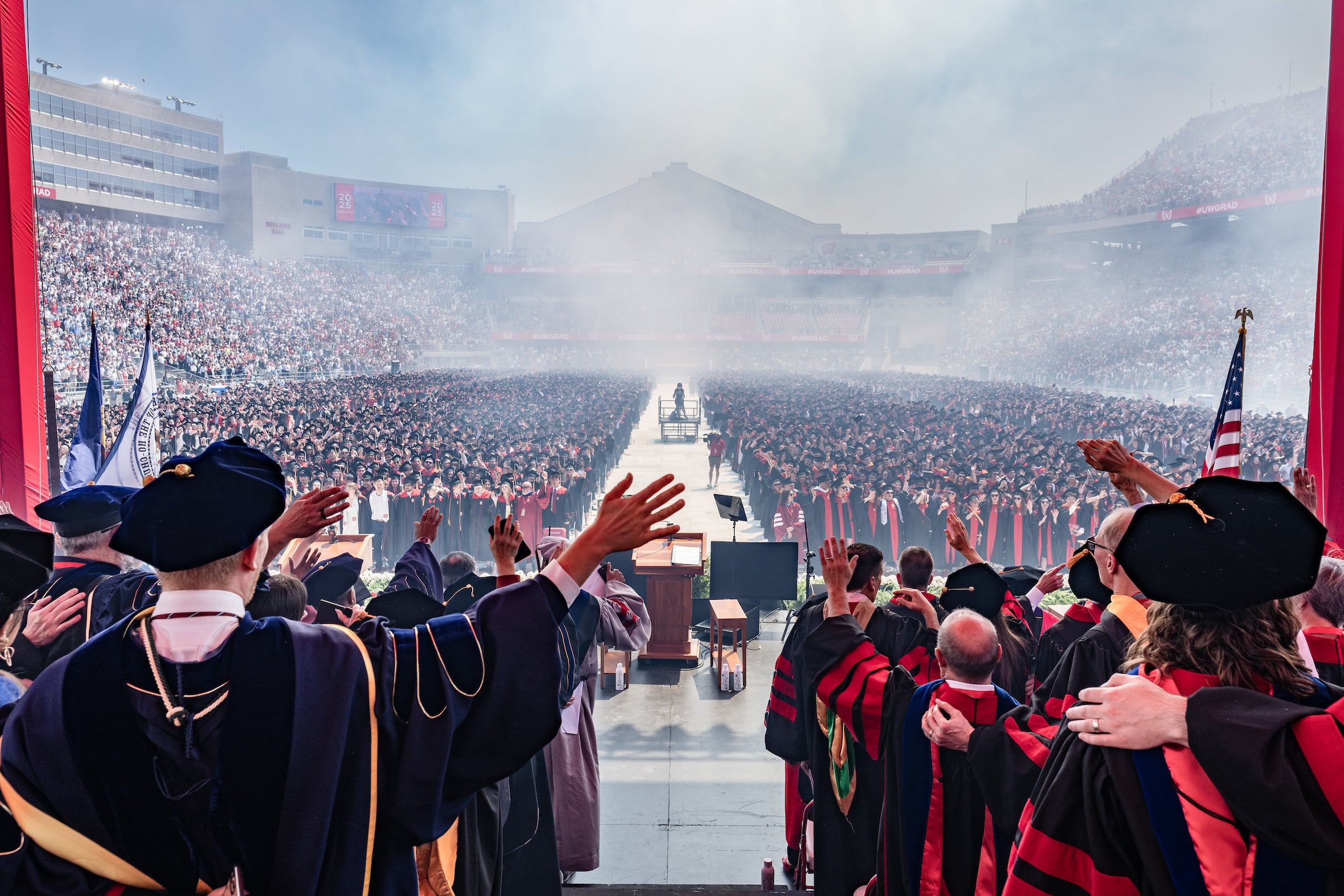After three and a half years, federal student loan repayments are resuming. More than 700,000 Wisconsinites have some form of student loan debt, and they’ll have to restart making monthly repayments as soon as Oct. 1, 2023.
Wisconsin Public Radio’s “Morning Edition” host Alex Crowe talked with Benjamin Lee from the Wisconsin Coalition on Student Debt about some federal programs that borrowers can take advantage of to minimize their repayments or even pursue loan forgiveness.
The interview has been edited for clarity.
News with a little more humanity
WPR’s “Wisconsin Today” newsletter keeps you connected to the state you love without feeling overwhelmed. No paywall. No agenda. No corporate filter.
Alex Crowe: Can we go ahead and start by just getting a little backstory. These student loan payments had been paused for a number of years. So when are borrowers going to have to start making payments again?
Benjamin Lee: October. Borrowers should be getting emails from both the Department of Education and their loan servicer about the return to repayment. The Biden administration announced a one-year on ramp for student loans, which is basically a hold harmless period. If borrowers failed to make payments over this coming year, the borrower should really try to make payments so that they start making progress on their loans.
And those payments could be zero dollars a month if the borrower has low enough income and signs up for an income driven repayment plan. So, no reason not to get connected and get going on your loans now.
AC: I want to get into those changes that the White House announced in a little bit. But first, I want to talk a little bit about what borrowers themselves need to be doing right now. Is it the borrower’s responsibility, if they haven’t heard from their lender, do they have to proactively reach out?
BL: Borrowers shouldn’t have to proactively necessarily reach out to their loan servicer of the Department of Education. What borrowers really need to do is make sure their contact information is up-to-date with both studentaid.gov.
That’s the department’s main website for all things student loans. And with their loan servicers, if they don’t know who their servicer is, they can find that on studentaid.gov. So as long as they’re keeping that contact information up-to-date, they should know of everything that’s happening.
Once they have that basic stuff out of the way, I’d say that they should start exploring repayment plans, which they can also do on studentaid.gov. There’s a tool called loan simulator, and they can see which plans might work best for them as we ease back into repayment here.
AC: You mentioned some of those changes the White House announced. Can you explain for us what some of those are?
BM: I think the biggest one and the one that’s most important for most borrowers is the negotiated rulemaking. The department came up with a new income driven repayment plan, or IDR plan, and this plan is called SAVE, which is short for Saving on a Valuable Education. And this is going to be the most beneficial income driven repayment plan for the majority of borrowers. Compared to other IDR plans, it decreases monthly payments. It can also forgive interest not covered by the monthly payment, which could be as low as zero.
So you don’t hopefully see these runaway loan balances that a lot of borrowers have experienced in the past. And for borrowers with a low balance, their loan can be forgiven in as little as 10 years of repayment. It is an extremely borrower friendly plan. So it’s something that everyone should at least be aware of and looking to see if they could benefit from.
AC: A lot of people are in different positions in life now than they were a couple of years ago. You know, personally, I just started this job a couple of months ago. And so who is eligible for this income drive repayment plan? Is there a cut-off for how much you make, or how does that work?
BL: Really, it’s about what kind of loan you have. If you have direct loans, and they are not Parent Plus Loans, you should qualify.
Now, they can’t be in default. But if they’re not in default, direct loans — which means that the lender is the Department of Education — you are eligible.
If you have the old FFEL loans, or the Federal Family Education Loans, or the Perkins Loans, those are loans made by schools. You would want to consolidate those into the direct loan program in order to get access to the SAVE plan. And as a bonus, if you consolidate commercial, FFEL and Perkins Loans before the end of this calendar year, you could also benefit from this one time IDR and Public Service Loan Forgiveness account adjustment that the department is doing. Definitely something that people should look into — again, limited time and very much beneficial to a lot of borrowers.
If you or anyone you know has defaulted federal loans, there’s never been a better time to get out of default. There’s something called Fresh Start — again, another limited time initiative from the Department of Education. Basically a borrower just needs to raise their hand and they will be removed from default. And then they can have access to better benefits like IDR and such.
The Wisconsin Coalition on Student Debt of which I’m a member of, has a free hotline. Anyone in Wisconsin can call in and get free student loan advice. That’s 833-589-0750. You can also check out our website, debtsmarts.org. There’s a wealth of information out there.
Wisconsin Public Radio, © Copyright 2026, Board of Regents of the University of Wisconsin System and Wisconsin Educational Communications Board.
